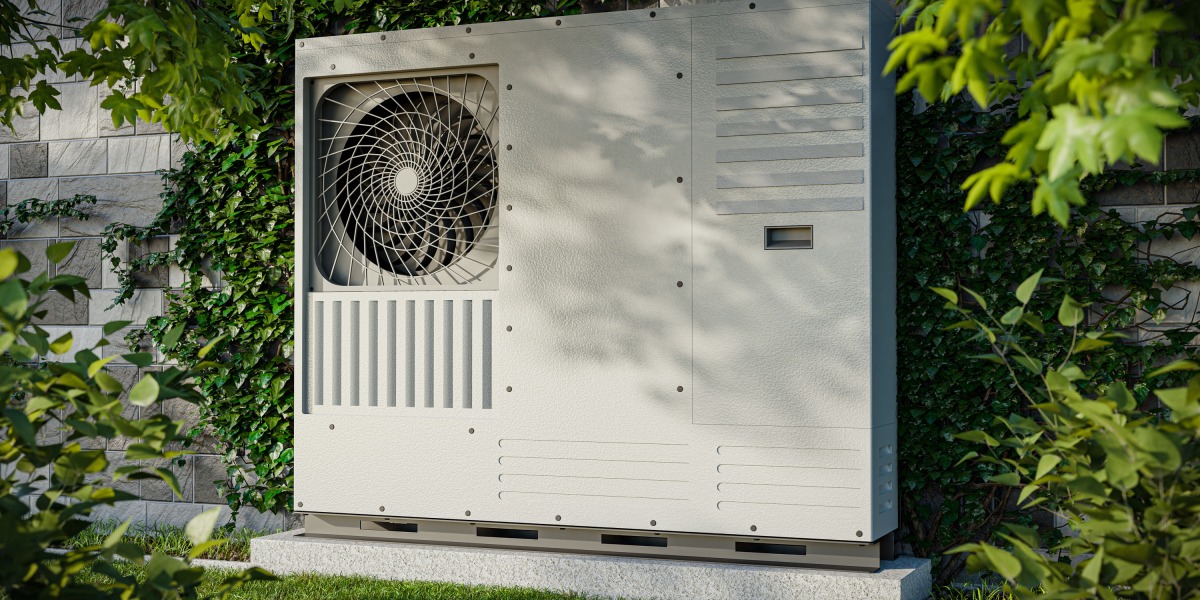
Heat pumps don’t appear to follow that trend, according to the data from a 2020 survey on US household energy use, which was released in March 2023 by the US Energy Information Agency.
“I was just shocked when I saw this pattern,” says Lucas Davis, an energy economist at University of California, Berkeley, and the author of a June working paper analyzing the data. According to Davis’s analysis, roughly 15% of homes across income levels use heat pumps as a primary heating source.
These numbers reflect a significant jump in adoption by households with incomes under $20,000. About 7% of them used heat pumps in 2015, but 14% did in 2020, according to the EIA data. The level of adoption in wealthy homes stayed about the same over this period. The reasons for this pattern aren’t totally clear, though it could have to do with where new construction is taking place, Davis says.
Rather than income, factors like electricity prices and local climate are much more likely to influence whether a home has a heat pump. The appliances work more efficiently in warmer weather and are more common in states with milder winters, especially in the southeastern US. About 40% of homes in Alabama, South Carolina, and North Carolina use heat pumps.
Lower electricity prices—which make heat pumps less expensive to operate—also correlate with higher adoption. While heat pumps tend to have a high up-front cost, the combination of central air conditioning and a heating system can be even more expensive, making a combined system an economical choice even at the outset.
Ultimately, the analysis suggests there are some places where heat pumps are simply a cost-effective option today, Davis says. “I don’t think this is a choice that’s driven by ideology. I think it’s driven by dollars and cents.”
